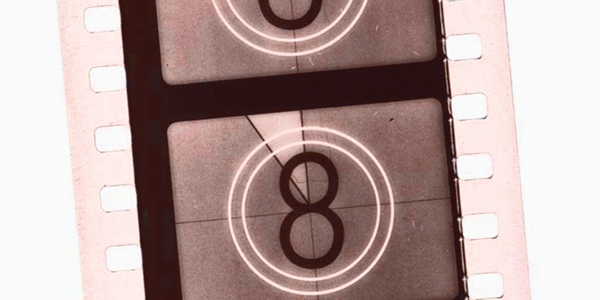What You Need to Know About Sound Recordings vs. Musical Compositions
 Every sound recording has two copyrights: a copyright for the musical composition and a copyright for the sound recording. Any time you record an original song, sample a track, or license your own sound recordings for use by others, you’ll be dealing with these two copyrights in some way. Here’s what you should know.
Every sound recording has two copyrights: a copyright for the musical composition and a copyright for the sound recording. Any time you record an original song, sample a track, or license your own sound recordings for use by others, you’ll be dealing with these two copyrights in some way. Here’s what you should know.
The Basics: First, you have to understand how a musical composition and sound recording can be licensed separately. An example to illustrate this point: A director thinks your song would work perfectly for a scene in her upcoming film, but is not sure whether to use your original recording or create a new version using just the lyrics and music. If she chooses the former, she’ll need permission (a license) to use both the sound recording and the musical composition from each copyright holder (because both copyrights are being used simultaneously). If she chooses the latter, she’ll only need a license to use the musical composition, as the original sound recording is of no consequence.
Contract Differences: There are different contracts for licensing a sound recording and licensing a musical composition. Keep in mind that the “licensor” is the party granting the license, while the “licensee” is the one getting permission to use the copyrighted work. Here’s what you should know about each agreement.
Sound Recording: The Master Recording License controls the licensing of actual sound recordings. This grants the right to use the sound recording in media – usually film, television, or often, an Internet video. This license is also required if you are looking to sample a sound recording. Generally, a master license is granted for one song at a time (or in more specific instances, for a selected portion of the song).
To obtain a Master Recording License, you’ll need to contact the person or entity that owns the recording, usually the record label. Some deal points to consider in this license agreement are scope (where the sound recording can be used, for how long, whether it may be used in advertising/promotion); compensation (in the form of payment or credit – and how prominently the credit is displayed in the audiovisual work); warranties (licensor has the full right to license the work and the work does not violate copyright rights of others), and performing rights issues (this should be a “direct license” and any amounts payable to a performing rights organization should not be the responsibility of the licensee). After you get permission to use the master recording, you’ll still need clearance for the underlying composition.
Musical Composition: The Synchronization License (or “Sync” license) controls the licensing of musical compositions. As noted above, the Sync License is different from the Master Recording License because it allows the licensee the ability to recreate the song for use in an audiovisual work (but does not give the right to use the original sound recording).
To obtain a Sync License, you’ll need the permission of the person/entity that holds the copyright to the musical composition. This is usually the publisher or the songwriter. Generally, a Sync License is obtained for a flat fee, meaning that once the license is secured, the song can be used as stipulated in the agreement with no further fees regardless of viewings, downloads, rentals, or purchases. As with the Master Recording License, you’ll want to ensure that the licensor is the exclusive owner of the copyright. You can protect yourself from legal liability by including an “indemnity clause” – transferring responsibility to the licensor for any damages you incur on the basis of ownership/copyright claims in the underlying work.
Legal Interpretation: Plain and simple, copyright protection and infringement are approached differently when dealing with sound recordings vs. musical compositions. A lawsuit involving infringement of a sound recording is approached with a tighter standard than a case involving the claimed infringement of a musical composition. For musical compositions, the copyright issue for unauthorized use is whether the alleged infringing work is “substantially similar” to the original work. This involves the somewhat unscientific process of the courts determining whether an art form rises to the level of infringement. There is no “bright line rule” that establishes the number of notes or measures it takes to be considered infringement.
With a sound recording, however, the scope of inquiry is much narrower because sampling a sound recording is never accidental. When a portion of a sound recording is used in an audiovisual work, the only issue is whether the recording was used without authorization. If someone samples a sound recording and uses it in a new work, it is clear cut and, if unauthorized, it’s illegal.
Adam Barnosky is a practicing attorney and writer specializing in business development and entertainment law. For industry trends, legal updates, or to request an upcoming Legal Pad topic, find him on Twitter @adambarnosky.
DISCLAIMER: The information contained in this column is general legal information only and should not be taken as a comprehensive guide to licensing and copyright law. Consult your attorney for all specific considerations.
